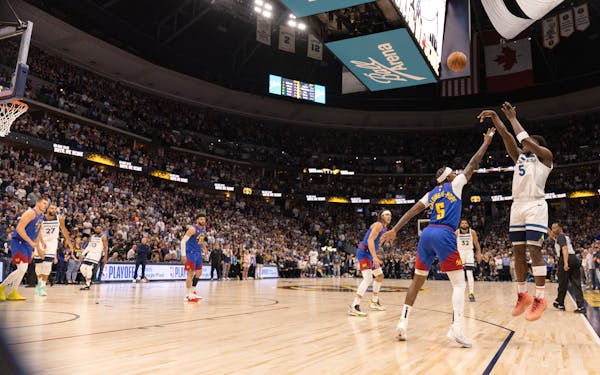In late April I bought a new camera, the supposed latest, greatest offering for the wildlife photographer.
I've since taken thousands of images with my new camera. It's an amazing piece of equipment. The camera has allowed me to capture images and video clips not possible with my "old" cameras.
In my line of work much of my time is spent sitting idly in a blind, waiting for some unsuspecting critter to show. So, I have a lot of time to think. Some of those thoughts of late have been about how far photography equipment has come since I bought my first camera in 1981.
I vividly remember the cold January day I waltzed into my local bank, and sheepishly asked the loan officer for some money.
"I want to buy a camera and 300-millimeter telephoto lens," I told the guy. "I'll need 1,200 bucks."
He agreed to loan me the money. My hand shook as I signed the papers. At the time I drove a dilapidated pickup truck worth about $300. I lived in a mouse-infested, dumpy mobile home that rented for $100 per month. The loan was a lot of money in the moment.
A few days later a delivery person handed me a package containing my new photography gear.
The next day I was in the woods hoping to capture on film (digital images were a long way off) some of the whitetailed deer that wintered in a tamarack swamp not far from home.
I remember it was a cold day — my cheeks burned — as I patiently waited along a deer trail etched in the January snow. I was dressed in all the cold-weather clothing I owned. Soon a deer appeared. I spun the focus ring on my telephoto lens and snapped a photo. Yes, one photo. Then, using my thumb, I cocked the camera and snapped another photo.
It was a bit later when another deer walked the same beaten trail. Again I focused my lens, but when I depressed the camera's shutter button nothing happened. Well, you guessed it. The tiny button battery that operated the camera had become cold and useless.
Flash forward to this year. Only rarely do I spin the focus ring on my telephoto lens while photographing wildlife. Autofocus lens and camera bodies are so accurate and fast, in most cases outperforming even the best photographers who still sometimes resort to manual focus.
Sharp images of birds in flight, especially fast birds like ducks, were nearly impossible to get with the old manual focus photography equipment. Even now each generation of new photo gear is an improvement over what came before.
And battery power? It's not an issue anymore. A fully charged battery in most modern cameras will operate in any weather and have the capacity to shoot hundreds if not thousands of images before a recharge is necessary.
Perhaps the most pronounced improvement in wildlife photography equipment since 1981 is the advancement in image quality at the higher ISO's, or film speeds. Before digital, I shot 50 ISO film exclusively.
In a nutshell that means low-light and action photography were very difficult. Now with my newest cameras I can shoot at ISO's of 1000 or even 2000. Those numbers might not seem like much, but they are huge to me, especially when attempting to capture high-speed wildlife subjects.
And the money involved?
The same $1,200 I put down in 1981 can buy a camera and telephoto lens for a potential beginner to wildlife photography that far surpasses the equipment I so cautiously bought then.
Bill Marchel is an outdoors photographer and writer. He lives near Brainerd. Reach him at bill@billmarchel.com.

Oluwaseyi scores again, Loons survive 2-1 over Atlanta

10 things to know about the Timberwolves victory in Denver
Edwards scores 43 points, Reid erupts in 4th to help Timberwolves beat Nuggets 106-99 in Game 1
Bo Naylor hits his 1st career grand slam, Guardians beat Angels 7-1

